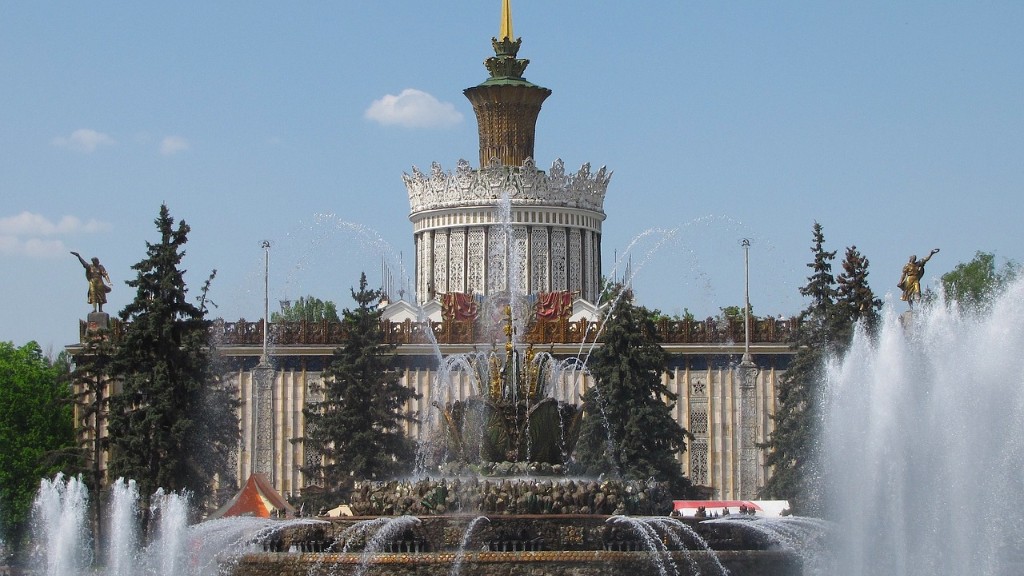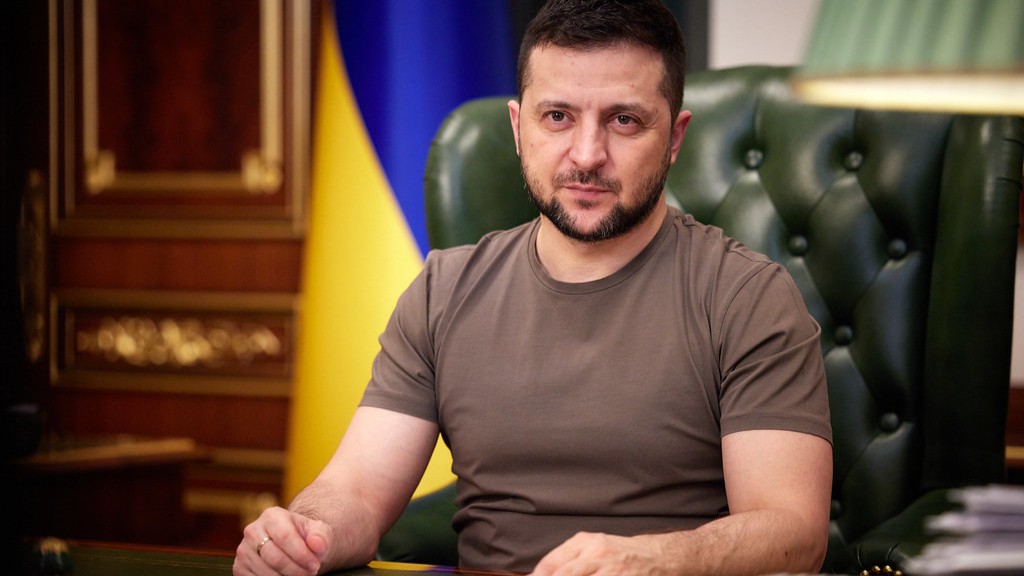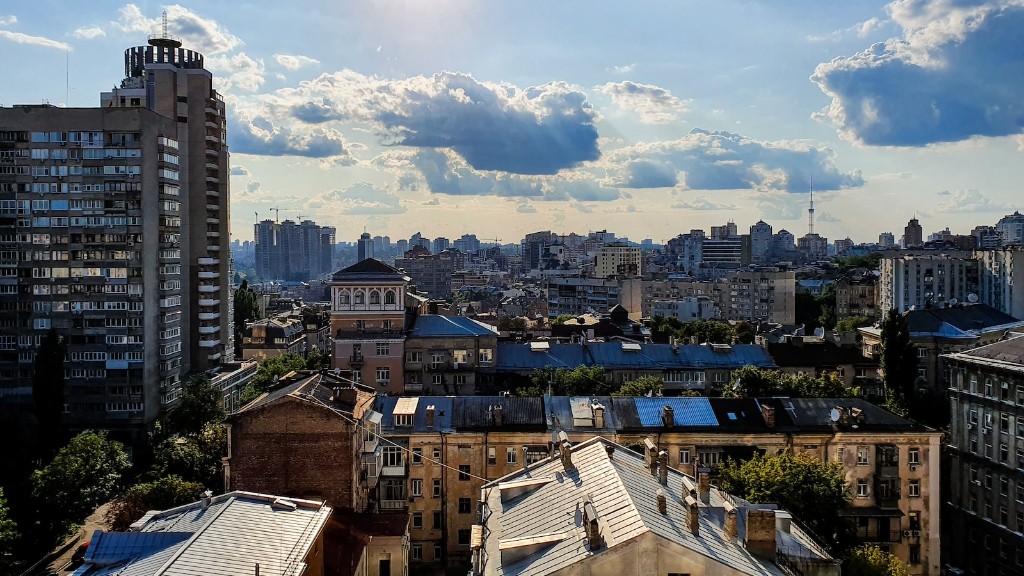The Legislature: A Multi-Party System
Ukraine has a multi-party political system. In this system, several different parties compete to form the Ukrainian legislature. The current legislature is composed of five major parties: the Coalition for Peace and Development (CPD), the Servant of the People (SOTP), the Opposition Bloc (OB), the Radical Party (RP), and the Popular Front (PF). All of these parties are represented in the Verkhovna Rada (parliament). The CPD and the SOTP have the largest representation, followed by the OB, the RP, and the PF.
In addition to these five major parties, there are several smaller parties with representation in the Ukrainian legislature. These include the liberal-unionist For Life Party, the nationalist National Corps, and the reformist Ukrainian Strategy Party. Many parties are also members of regional and local electoral or political coalitions.
The Ukrainian political system is largely consolidated around a multi-party system. This means that, despite multiple parties competing to form a legislative majority, there is little ideological variability within competing parties. This further ensures the consolidation of a single dominant political party into a dominant governing force.
Executive Power: The President and Cabinet
The President of Ukraine is the head of the executive branch of government. The president is elected through direct, national elections and serves a five-year term. The president also appoints the Prime Minister and other ministers to the Cabinet of Ministers.
The Cabinet consists of representatives from all major political parties, and its mission is to implement government policy. The government is expected to deliver pro-active governance and effectuate sweeping initiatives for the country’s economic development. To ensure effectiveness, the government is given a variety of powers, including a range of fiscal and administrative tools.
The government is also subject to review by the Supreme Council of Ukraine, which is under the authority of the president. Along with the Supreme Council, the president has the authority to declare states of emergency, dismiss ministers, and appoint the Constitutional Court judges.
Local Government: A Decentralized Administration
Ukraine is divided into 24 provinces, or oblasts, each of which is self-governed with an oblast council and an oblast-level executive branch. This decentralized approach to local government gives the oblast councils considerable autonomy, with each responsible for setting local laws and regulations.
At the local level, each town and village has its own local council to set local policies and regulations. Each local council is then subject to review by the oblast council. This system of decentralized power is further supported by the implementation of local budgets allocated by the central government.
Judicial System: A Constitutional Court with Substantial Authority
The highest court in Ukraine is the Constitutional Court, which interprets and enforces the country’s constitution. It also has the power to abolish laws found to be contrary to the constitution.
The Constitutional Court has 11 judges who are appointed to nine-year terms by the president. The judges are naturalized Ukrainian citizens and chosen by the president from a list of six nominees by the Verkhovna Rada.
The court broadly focuses its decisions on matters related to the constitutionality of executive and legislative acts, the implementation of international treaties signed by Ukraine, amendments to the constitution, and general civil matters.
National Security: A Strong System of Defense
The security of the Ukrainian state is managed by the Ukrainian Ministry of Defense and the Ukrainian Armed Forces. This includes both the army and the navy as well as the air force, border service, and law enforcement agencies.
Ukraine is also a member of the European Union and the North Atlantic Treaty Organization, both of which provide support for Ukraine’s defenses. Ukraine has an official policy of military neutrality, but is still actively engaged in the war against Russian-backed separatists in the Donbas region.
The Ukrainian government is also actively engaged in reform and modernization of its legal, security, and intelligence systems. This includes the National Security and Defense Council, which is chaired by the president and serves as a forum for the consideration and adoption of measures meant to strengthen the country’s national security.
Foreign Relations: A Growing Global Presence
Ukraine is an increasingly active player in the international community. The country is a member of the United Nations, the Council of Europe, the Organization for Security and Cooperation in Europe, and the Organization for Economic Co-operation and Development. The Ukrainian government is also a member of the Partnership for Peace and has signed cooperative agreements with dozens of countries around the world.
Ukraine’s current government has sought to increase its global presence and to strengthen international relationships. The country has sought to foster closer relations with the United States, the European Union, and neighboring countries. Ukraine’s government has also been actively engaged in negotiations with the International Monetary Fund on the introduction of an economic stimulus package.
Economic Situation: A Mixed Outlook
Ukraine has had a mixed economic performance in recent years. While economic growth was steady in the years prior to 2014, the country experienced a contraction in GDP following the 2014 revolution. The country has been able to re-establish a consistent growth trajectory since 2017, but this growth has been slow and uneven.
The Ukrainian economy is broadly reliant on agriculture and the export of metals and minerals. In recent years, the government has sought to diversify the economy by incentivizing foreign direct investment and encouraging the growth of domestic industries.
Despite its recent economic struggles, Ukraine remains one of the largest economies in Eastern Europe and has a host of potential opportunities resulting from its geographic location and natural resources. As the country continues to modernize and diversify, it could become one of the more competitive economies in the region.
Culture: An Emphasis on Identity and Unity
Ukrainian culture is heavily rooted in its language, religion, and traditional values. The Ukrainian language is the native language of the majority of the country’s population, and Ukrainian is one of the country’s four officially recognized languages.
Religion is also an important part of the Ukrainian identity, with over 80% of the population belonging to the Ukrainian Orthodox Church. Ukrainian culture has also traditionally embraced a strong sense of unity and purpose.
The Ukrainian government has been actively engaged in promoting Ukrainian culture and identity. The government has provided funding for cultural initiatives and organized events such as festivals and competitions to foster a greater sense of national identity.
Education System: A Call for Reform
The Ukrainian education system is widely seen as in need of reform. Many parts of the country suffer from a shortage of qualified teachers and inadequate access to educational materials and resources.
The Ukrainian government has taken steps to improve education in the country, including providing increased funding and introducing new laws and regulations. The government has also sought to incentivize private investment in the country’s education sector and increase opportunities for international collaboration.
Despite these reforms, the Ukrainian education system faces considerable challenges. These include an overreliance on outdated curriculums, a lack of resources in some areas, and a lack of an effective system of accountability or evaluation.
Political Participation: Voting as a Democratic Right
Ukraine has a high rate of political participation in elections. The country’s legislative elections are held every five years and since 2015, the country has had both presidential and parliamentary elections with relatively high voter turnout.
Election officials strive to promote a fair, transparent, and democratic electoral process. In addition, Ukraine is party to several international conventions and protocols promoting the rights to vote and stand for public office.
Despite the active participation of citizens in elections, there is a lack of political engagement between elections. This is compounded by a lack of effective party representation and significant voter apathy.
Conclusion
Ukraine has a multi-party political system in which several parties compete to form the Ukrainian legislature. The executive power is vested in the president and the Cabinet of Ministers, while local government is provided through a decentralized system of oblasts and local councils. The judicial system is overseen by the Constitutional Court, and the country has a strong defense system managed by the Ministry of Defense and the Ukrainian Armed Forces. Ukraine also increasingly seeks a global presence with its participation in the United Nations and other international organizations.
The Ukrainian economy has been on a slow but steady path of growth since 2017, and the country has attempted to diversify and modernize its economy. Despite economic progress, cultural values remain deeply rooted in the Ukrainian identity, and the education system has significant reforms it needs to undergo. Voter turnout is often high in elections, but there is a lack of political engagement when not in the voting booth.


